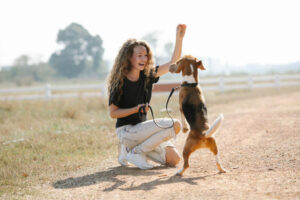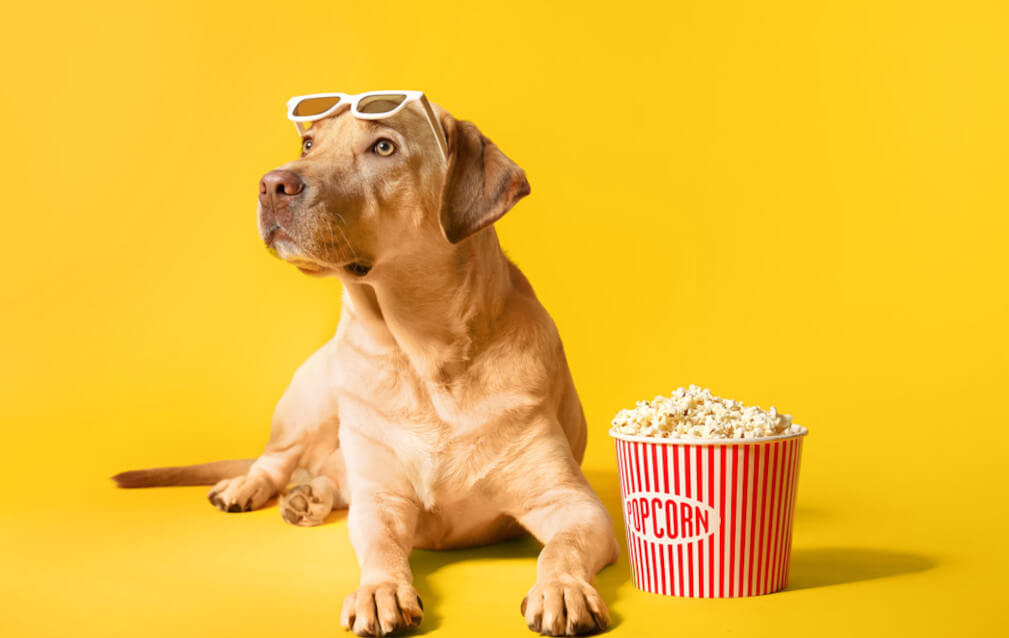Actors. It’s normal for them to shed. The aliens snoop around the crew and sniff them out. Amid a scene, they may even begin scratching.
Wait.
What?
I’m so sorry about that. I omitted to say that our topic is animal performers. Fans all over the world have been profoundly affected by the on-screen antics of animals like Lassie, Trigger, and Flipper.
Certainly, not all animal protagonists have become household names the way the ones mentioned above have. We may not recognise them at first, but every character, from the most famous to the nameless animal who drives the plot forward, is essential to the success of the stories we enjoy. Every performer, including those with scales, fur, or quills, needs the highest level of care and honour because they are, after all, living, breathing beings. According to an article in Live Journal, ensuring the well-being and ethical treatment of animals in film production is an additional, distinct challenge. In order to ensure that animals are kept safe and in an atmosphere that is compassionate during filming, there are typically stringent rules in place, as well as the use of animal trainers.
How Should We Get Ready to Film With an Animal?
Animals in the Background of a Film
Notice alone is sufficient if animals are intended solely for context reasons, such as birds in an animal park, and their effects on them are marginal, such as lighting. If there are any issues, the authority will notify you.
Animals and Their Caretakers Who Have Been Featured
Consultation with a professional animal supervisor or instructor is essential before putting any animal to work. The most appropriate kinds of creatures to use, the amount, sex, and age of animals, the accessibility of the animal, the duration required for acclimation and coaching, the special needs of the animals, potential complications, and the possibility that they will occur, the approximate expenses affiliated with both the treatment and utilization of the animal and recommendations for reducing disruption to the dogs living on or relatively close to the set should all be included in this section of the report.
Animals used in the production should have been trained, managed, and cared for by either professional animal tutors or proficient animal handlers working under the watchful eye of a professional animal trainer. According to YLO, “The company must ensure that they have hired an appropriately licenced animal trainer and that they have an animal welfare inspector present who can monitor the use of the animals on behalf of the LO. This responsibility falls under the category of the company’s legal responsibilities.”The producer might need to confer with supplemental animal coaches or veterinarian doctors if multiple species of animals will be used.
Local Wildlife
Producers may need to check in with the National Parks and Wildlife Service if they plan to feature any native animals in their film or TV production, or if the activities surrounding the set could have an impact on local wildlife.
When The Animal Safety Experts Arrive on Set
You may have collaborated alongside one of these people in the past or will in the coming years if you are a producer.
Why Should You Trust a Consultant Who Specialises in Animal Safety?

The basics of keeping an animal safe should be obvious to most people. To what end, then, does it serve a production to hire a consultant who specialises in animal safety? According to Bouman, the vetting process for A.P.A. representatives go far beyond the simple provision of food and water and instead requires candidates to illustrate an in-depth understanding of several species of animals. These animal protection consultants have an in-depth understanding of animal psychology and behaviour, allowing them to foresee how an animal might react in a given on-set situation and make suggestions for improvement if they believe the situation could be harmful to the animal.
- They can also step in to help when others are at a loss as to how to handle a crisis involving the animal.
- Animal safety consultants have an in-depth understanding of animals and the production process. Not only do they know what’s best for the animal, but they also know the basics of working on set, like staying out of the way of the camera during a take.
- The animal’s performance under unusual on-set conditions can be guaranteed thanks to the animal safety consultant’s special set of skills.
When the Animal Safety Consultant Arrive, What Should the Producer Expect?
A script needs to be given to the animal safety consultant before filming begins so that they can examine the scenes that will feature the animal and determine how much action there will be in those scenes.
A cat napping on a couch during a scene is an example of subtle animal action. In a western, the intense animal action could be represented by a group of galloping horses.
It is at this point that the animal safety expert’s work to verify the existence of animal welfare protocols, which guarantee that the animal in question will receive the humane treatment and care it deserves during production, begins. Always give the consultant plenty of advanced notice of your planned events. This will give them an idea of when they can count on the animal to be available for their scenes.
Although various groups concerned with animal welfare have different rules in place, they all have the same overarching objective: the welfare of animals on set. According to Bouman, the APA always has a team of animal safety consultants present during shoots involving animals. It’s logical. After all, that consultant can’t give their stamp of approval for the entire production if they aren’t there to see everything that happens with the animal. Producers and production supervisors in charge of animal actors should plan on the animal safety consultant being on set throughout the animal’s involvement in the project.
What Situations Call for a Veterinary Surgeon, and What Do They Do?
The presence of trained animal handlers or trainers is usually all that’s needed on set. However, the vet must be on set if there is any chance that the animals will experience distress or injury, such as in scenes with fast movement or large numbers of animals, pregnant animals, very young or very old animals, challenging terrain, adverse weather, reduced visibility, large amounts of smoke or fire, or any frightening special effects.
When a veterinarian is hired, they must remain on set throughout an animal assembly, training, rehearsal, filming, or performance, and dispersal to offer advice on the animals’ health and well-being.
When Does It Not Need a Veterinarian on Set?
The veterinarian is not required to be present if the risk level of the activity is determined to be low; however, the trainer or handler should be. The vet should be reachable at all times in case of an emergency.
Vets Should Be Able to Put a Stop to Production if They See Fit
If the veterinarian has any concerns about the treatment or welfare of an animal on set, he or she can instruct the producer or agent to halt production. If the animal’s owner cannot get in touch with their preferred veterinarian, they should sign over treatment rights to the producer’s veterinarian.
Reimbursement of Veterinary Medical Expenses
A producer’s authorization and payment for veterinary care that an attending veterinarian deems necessary does not constitute an admission of liability.
Medicating Animals On Set
Any use of anaesthetics or sedatives to increase performance is strictly forbidden. No medication other than that prescribed by a vet should be given to animals on set.
Managing Animals
Assistance With Transport and Servicing
The key to ensuring the well-being of animals is to use common sense. They need to have plenty to eat and drink. It is important to provide safe, clean, and comfortable housing. Confined animals need regular exercise to stay healthy and happy. As soon as they show signs of illness or distress, people and other animals should be removed from the area and emergency veterinary care sought. The production can keep large animals if the proper accommodations are made. Animals that aren’t used to the set’s environment should be kept in their usual conditions and given time to get used to it before their performance. Both the animals and the actors should become comfortable with one another during the rehearsal and training process.
It’s Important to Give Animals Ample Time to Mingle
There is less chance of aggression, fear, or distress if incompatible animals are kept apart. To prevent attacks and escapes, it is necessary to confine animals, especially those that are dangerous due to their size, aggressiveness, or other characteristics (such as being in season or being venomous). Equipment to capture animals should be readily available on set, though anything that could cause pain or distress to the animals should be avoided.

Furkidz Pet and Life Blog – All FurFrends Welcome: Discover expert tips, heartwarming tales, and…

Situated in between Hartbeespoort Dam and the Magaliesberg, the B’sorah Luxury Tented Camp provides guests…

